Ubiquiti Networks R5AC-LITE Rocket AC airMAX AC BaseStation: Your Go-To 5GHz Radio in Kenya, 2025
Picture this: It’s 2025 in Kenya. The internet is everywhere, reaching even the most remote areas. Everyone’s online, from farmers checking market prices to students researching projects. This boom is powered by local internet service providers (ISPs) who are constantly setting up new networks and expanding their reach. If you are one of them, you know how important reliable equipment is. That’s where the Ubiquiti Networks R5AC-LITE Rocket AC airMAX AC BaseStation comes in.
You can grab one of these at Phonex Technologies for around KES 18,000. What does it do? It’s a radio that sends and receives wireless signals, doing it at the 5GHz frequency. When you hook this radio up to a good antenna, you can get speeds of 450+ Mbps which is great for doing anything online. Plus, it reaches distances of 20+ km. This makes the R5AC-LITE a solid choice for ISPs providing internet to homes and businesses, setting up backhaul links, or connecting buildings on a campus.
People in Kenya are catching on. Searches for Ubiquiti R5AC-LITE Kenya and airMAX AC base radio price Nairobi have jumped a lot this year. So, let’s get into what makes this radio special, how it fits into Ubiquiti’s airMAX family, and why it’s becoming the top pick for Kenyan wireless networks.
(Image: A rugged R5AC-LITE mounted on a rural Kenyan telecom tower with an AM-5G19-120 sector antenna, serving multiple LiteBeam CPEs across farmland. The background shows a 10+ km line-of-sight link to a village, emphasizing its long-range PTMP capability.)
Think of this: The R5AC-Lite sitting high above the ground connecting homes and businesses in rural Kenya to the internet!
What’s Under the Hood? Key Features
The R5AC-LITE is built to be flexible. You can connect it to different external antennas to create the kind of wireless network you need. Some of its key specs include:
- Radio Type: It operates at 5GHz using airMAX AC (802.11ac) technology, pushing 450+ Mbps. It also uses airMAX TDMA, which helps reduce lag.
- Transmission (Tx) Power: It goes up to 27 dBm (500 mW), and you can adjust it so it follows Kenya’s regulations.
- Brains and Memory: It’s powered by an Atheros MIPS 74Kc processor, running at 720 MHz, plus 128 MB of DDR2 RAM, and 16 MB of Flash memory. This helps it handle many devices at once without slowing down.
- Connectivity: It has a Gigabit Ethernet port with 24V Passive PoE, supports airMAX AC, 80 MHz channels, and can sync with GPS using an external module.
- Antenna Options: You can pair it with RocketDish antennas (RD-5G30/34), sector antennas (AM-5G19-120), or omni antennas (AMO-5G10/13) using RP-SMA connectors.
- Power Stuff: It uses a 24V, 0.5A Gigabit PoE power supply (included) and consumes up to 8.5W.
- Built Tough: It’s made of weatherproof die-cast aluminum (197 x 92 x 36 mm), and it can handle temperatures from -40°C to 80°C. You can mount it on a pole using the included kit.
- Cool Extras: It runs airOS 8, which has tools for analyzing the wireless spectrum (airView), a mobile app (UISP), protection against electrical damage, and a separate WiFi radio for management.
How It Compares to Other airMAX Radios
The R5AC-LITE is like the foundation of Ubiquiti’s 5GHz AC airMAX series. Unlike some radios that have built-in antennas, you can pair it with whatever antenna you want. It’s much faster than the older Rocket M5 (150 Mbps, WiFi 4) and has stronger transmission power than the LiteBeam AC (23 dBm). While the GigaBeam (60 GHz, 1 Gbps) is faster, the R5AC-LITE is better for long-range connections at 5GHz.
If you connect it to an AM-5G19-120 sector antenna, it can handle 50+ devices at once. If you use an RD-5G30 dish, you can create a point-to-point (PTP) link that stretches 20+ km. It’s a solid choice with good power and is ready to use with UISP. The downside is that you have to buy an external antenna separately, and it doesn’t have built-in GPS (but you can use a LAP-GPS unit for that).
(Image: A modular infographic showing the R5AC-LITE with RP-SMA connectors, paired with AM-5G19-120 sector and RD-5G30 dish. Callouts the key features.)
This image illustrates that the R5AC-Lite is at the center of it all. It is ready for anything! Pair it up and go!
What Can You Do With It in Kenya?
The R5AC-LITE uses airMAX AC TDMA and a 27 dBm power output. This means lower latency than older WiFi 4 radios, so it’s great for both rural and urban wireless connections in Kenya. Here are some typical uses:
- Rural Wireless Internet Service Provider (WISP) Networks: If you’re setting up a WISP in a rural area. You can pair it with an AM-5G19-120 antenna to serve 50+ homes or businesses with fast internet, even if they’re far apart.
- Long-Range Point-to-Point (PTP) Backhaul: Use it to connect offices or buildings that are 15-20 km away. With an RD-5G30 dish, you can get stable links.
- Campus and Industrial Links: Universities in Kisumu can use it with AMO-5G10 omni antennas for 360° coverage, or with sector antennas for targeted connections.
- Temporary Event Networks: It can be set up for high-density WiFi during trade fairs in Mombasa.
It’s a flexible piece of kit. You can connect lots of devices and the transmission power is high. One thing to be aware of is the antenna is sold separately. Also 5 GHz signals needs direct line of sight. Alternatives like the MikroTik wAP ac might seem like other choices, but they lack airMAX TDMA and UISP integration.
(Image: A high tower in rural Kenya with R5AC-LITE + AM-5G19-120.
An image demostrating the scalability connecting many users.
How Does It Stack Up?
Here’s a comparison of the R5AC-LITE with the Rocket M5 (WiFi 4) and LAP-120 (integrated AP):
If ou need flexibility and high power for your connections, the R5AC-LITE is a great option because of its option to custom antennas. The Rocket M5 is good if you’re working with older equipment, while the LAP-120 is suitable for all-in-one connections.
(Image: A split image of R5AC-LITE + sector vs. LAP-120 on a Kenyan tower, with heatmaps comparing 20+ km modular vs. 10 km integrated PTMP coverage.)
How different connections can affect your coverage needs.
Getting It Up and Running in Kenya
Setting up the R5AC-LITE on a tower is fairly straightforward.
- Get Ready: Pick your antenna , use shielded Cat6 cable, and the included 24V PoE injector.
- Mount It: Attach it to the pole, and use the airView tool to align the antenna.
- Power It Up: Plug in the 24V PoE. It only uses 8.5W, so it’s a good fit for solar setups.
- Set It Up: Use the UISP app or web interface to set the channel to 80 MHz, enable airMAX AC, and choose PtMP Mixed mode.
- Local Tips: If you’re near the coast or in rural areas, it’s good to take those environments into acccount.
Phonex offers installation services in Nairobi/Mombasa, and tower rigging. Use shielded Ethernet cables to protect against lightning.
(Image: A diagram of mounting R5AC-LITE + sector antenna on a Kenyan tower, with steps for PoE, antenna alignment, and UISP setup, set against a rural landscape.)
Shows how easy it is to put the pieces together like an adult lego!
Why Buy From Phonex Technologies?
Here’s why Phonex is worth considering:
- Price: Around KES 18,000.
- Delivery: Free in Nairobi, and fast to Mombasa and Kisumu.
- Warranty: One year, with an option to extend it for a small fee.
- Support: Available 24/7.
- Bundles: You can get the R5AC-LITE + AM-5G19-120 in one package.
(Image: Promotional image of R5AC-LITE + AM-5G19-120 in Phonex Nairobi store, “Free Delivery” banner, showcasing PTMP WISP bundles.)
Get yours today!
Wrapping Up
The Ubiquiti Networks R5AC-LITE Rocket AC airMAX AC BaseStation is a key element in Ubiquiti’s airMAX lineup, delivering fast and adjustable connections all over Kenya. Get yours from Phonex Technologies and start building your network today.
Frequently Asked Questions
- Price in Kenya? Around KES 18,000.
- Good for long distances? Yes, 20+ km with the right antenna.
- airMAX AC Supported? Absolutely, at 450+ Mbps.
- Can Phonex install it? Yes, they offer installation in Nairobi.
- What are some other options? The LAP-120 or MikroTik.

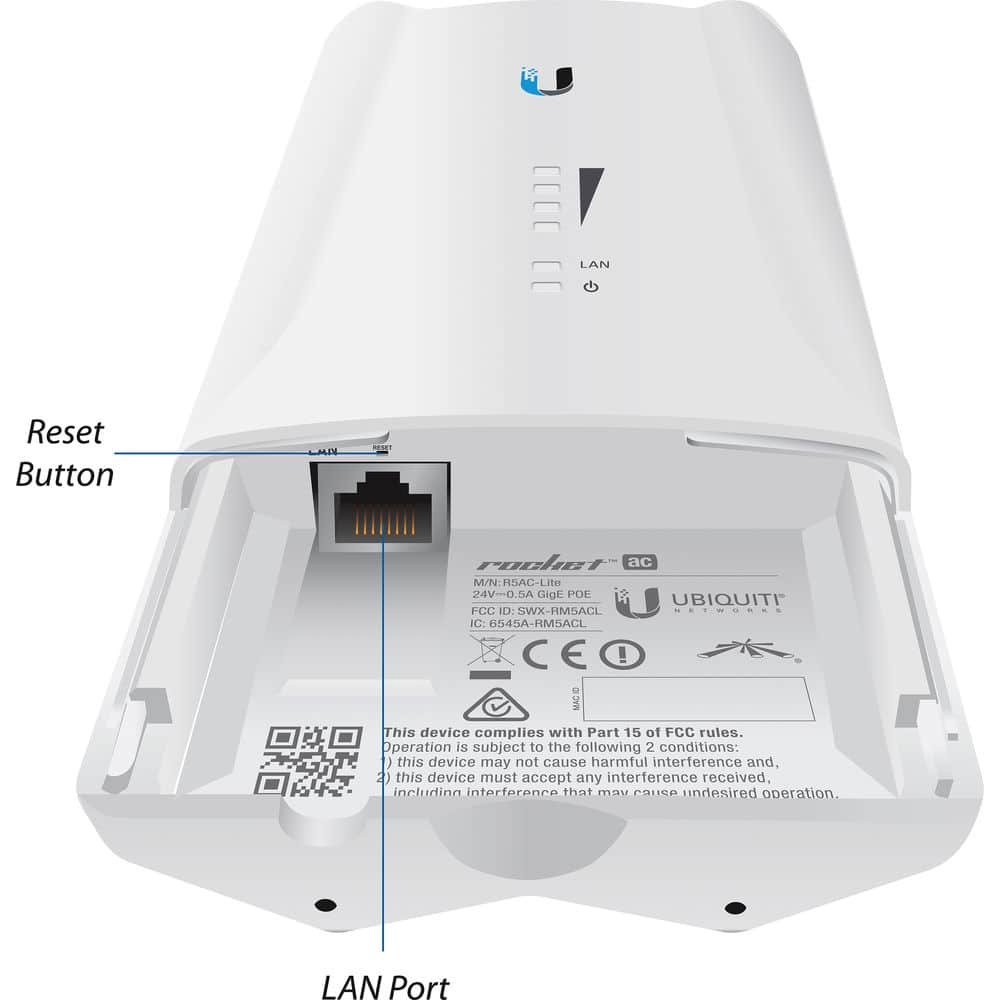


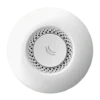

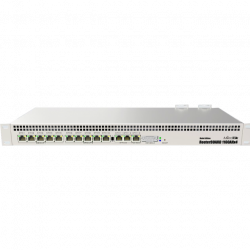



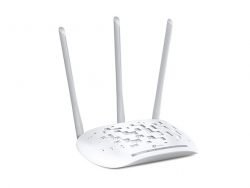


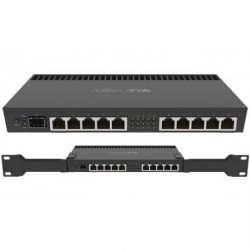



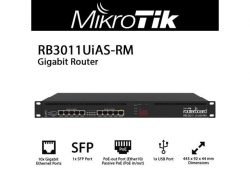


Reviews
There are no reviews yet.